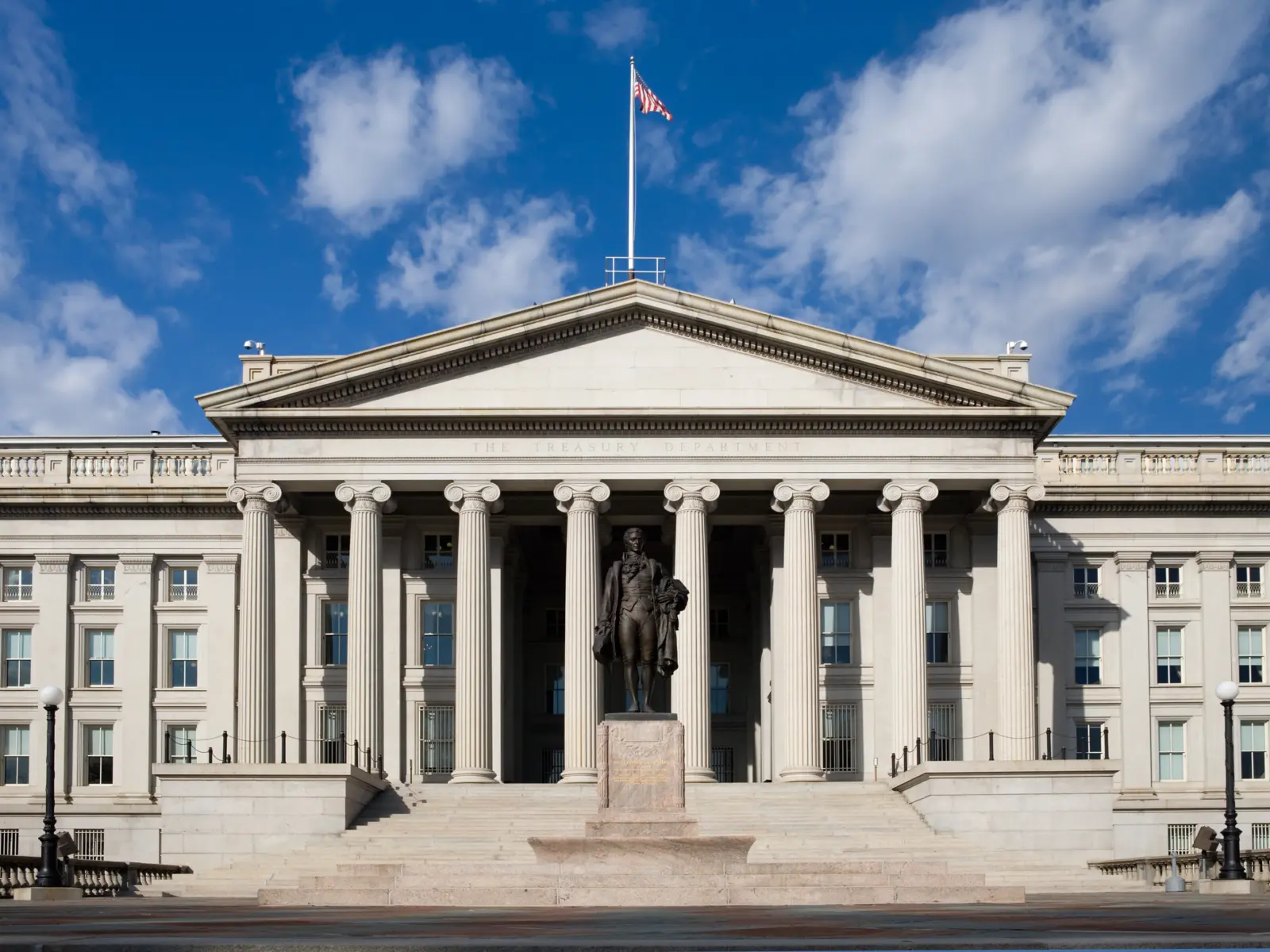Amount the U.S. government spent on financial assistance for Americans during Covid-19 pandemic
The price tag rivaled the cost of waging World War II, and spending of such historic proportions had fraudsters pouncing on the opportunity to exploit the cashflow. Hundreds of billions in taxpayer dollars have been lost to fraud, according to estimates, understandably generating outrage and concern about our government’s ability to provide reliable emergency assistance.
That’s why a team assembled by AGA, formerly the Association of Government Accountants, studied the U.S. response and prepared a report providing five recommendations for strengthening the government’s ability to mitigate and respond effectively to fraud.
First, the public sector must embrace collaboration to deter fraud and achieve a coordinated and strategic emergency response capability. Not that the incidence of fraud isn’t a major problem during normal times, but the size and speed of emergency aid programs often leave them particularly susceptible. As we heard repeatedly in conversations with government watchdog staff, when agencies collaborate effectively across federal, state, and local levels, and when oversight activities begin before funds are distributed, the likelihood of fraud drops precipitously.
Second, agencies and programs can strengthen operational readiness by incorporating fraud mitigation strategies into routine operations. Agencies must identify and secure funding and staff necessary to fight fraud when emergencies occur and make fraud prevention a key component of assistance efforts. The average number of disasters with damages over $1 billion increased from six in the 1990s to 20 in the first three years of the 2020s. While Covid was the most severe public health crisis of the past 100 years, there’s no reason to believe it will be another century before we see an incident of equal or greater severity.
Third, programs must release clear, definitive, and timely instructions on how to apply for aid. While it may be unreasonable to expect any organization to be prepared to handle an expansion of activities of the magnitude experienced by some agencies responsible for Covid aid – like the Small Business Administration (SBA), which did 100 times more lending in 2020 than in an average year – hard lessons were learned from the on-the-fly, triage-like approaches used to deploy funds. Continually revising instructions injects confusion into the system and enables fraudsters. Although sometimes necessary, flying the plane as it’s being built is rarely a good idea.
Fourth, the government needs to proactively and continually explore and establish secure data-sharing agreements among agencies potentially responsible for providing emergency response. We need to get to a point where agencies are leveraging not only their in-house data to safeguard program integrity but also gaining and maintaining an understanding of and access to data residing elsewhere. While Covid mobilized health agencies like HHS, CDC, NIH and FDA, other agencies including Treasury, Labor, Commerce, Agriculture, Housing and Urban Development, FEMA, and SBA all played roles in providing relief. Each should be proactively exploring safe data-sharing agreements. A recent success involves the Social Security Administration’s Death Master File, which is now being shared with Treasury to improve its Do Not Pay List.
Fifth, oversight organizations should be viewed as partners in accomplishing intended outcomes, and data should be securely shared with those watchdogs in real time. Picking up on best oversight practices, data analytics should be used to improve program integrity and the flow of information. The Congress was wise to establish the Pandemic Response Accountability Commission (PRAC) to play a coordinating oversight role for pandemic spending. The PRAC, in turn, created the Pandemic Analytics Center of Excellence (PACE) to analyze data across agencies to detect fraud and inform future mitigation efforts. Given current efforts to offer shared services across agencies, we need to retain a PACE-like capability after the PRAC sunsets in 2025.
One suggestion not included in the report but worth exploring is the notion of holding emergency financial management exercises to stress test government systems and processes to help build readiness. Such exercises would allow strategies and plans to be tested and validated. They would also help to identify resource requirements, capability and capacity gaps, strengths, areas for improvement, and potential best practices.
Given the magnitude of fraud resulting from Covid response efforts, agencies must be better prepared to rapidly stand up emergency relief programs and disburse large sums of money with a coordinated fraud mitigation strategy functioning as a core part of such efforts. Organizational agility is needed given that we tend to do a decent job planning for the last emergency, but we should be developing strategies anticipating a range of threats, both old and new. A next crisis will occur – whether we’re prepared for it or not – and the fraudsters are ready and waiting.



